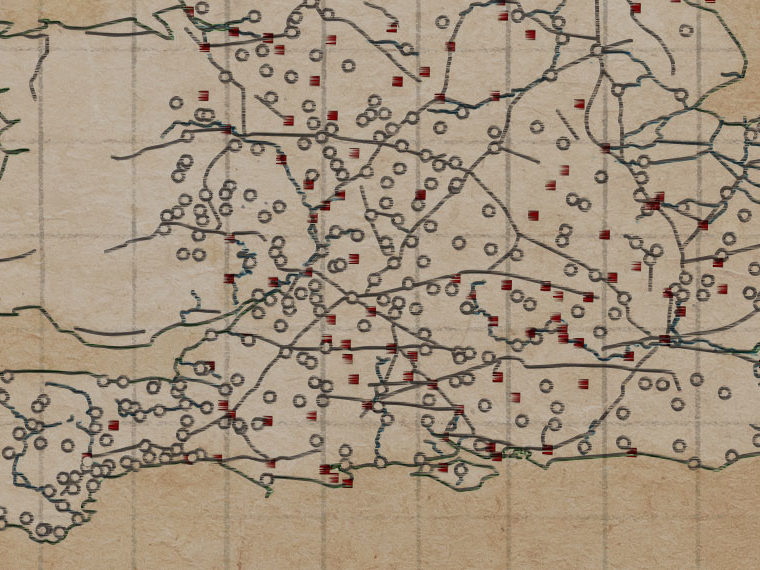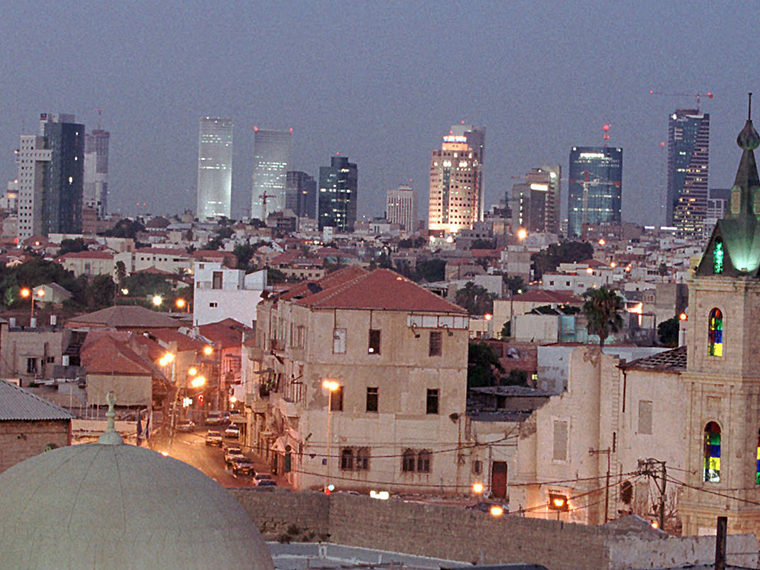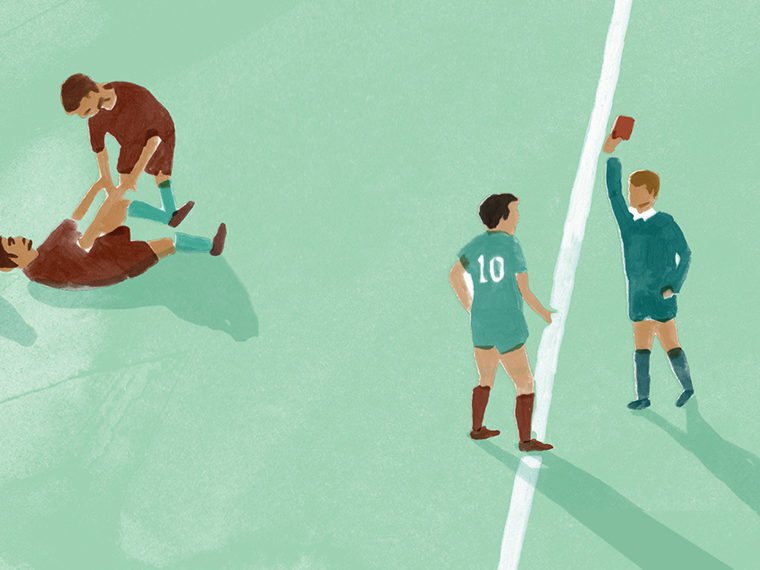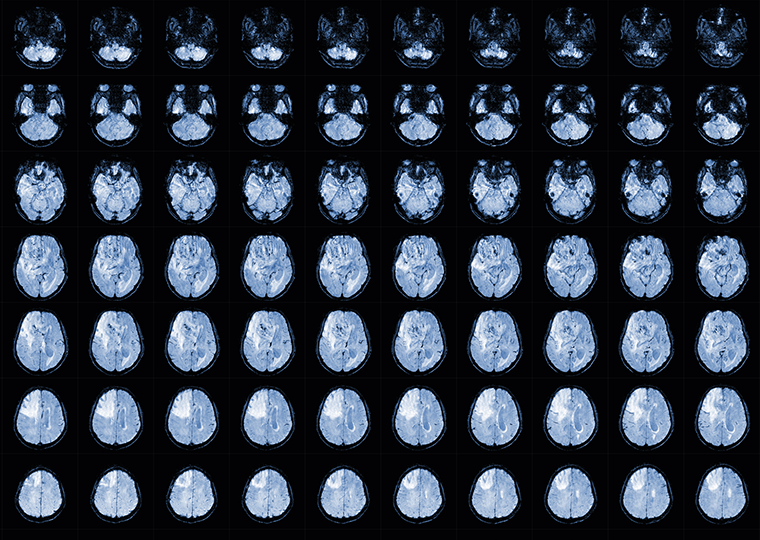Revisiting research on Catholic clergy sex abuse: Pennsylvania can expect fewer churchgoers and a painful decline in charitable contributions
Religious belief — along with the social behaviors that accompany it — is a difficult realm to research. Faith is, after all, a mystery. And beliefs are often passed down for generations, sometimes without rigorous self-examination. How can the objectivity of academic research methods hope to grasp the workings of such a phenomenon?
The scandal of Catholic priests engaged in sexual abuse of parishioners provides a grim opportunity for researchers, questioning as it does some church members’ long-standing habits. The scandals have led many to re-examine their church attendance and their contributions to Catholic charities, representing what researchers often call a natural experiment.
Pennsylvania Catholics will for years be studying the grand jury report issued earlier this month that reconstructs the movements of more than 300 priests across six of the state’s eight dioceses, and church officials’ elaborate efforts to cover up abusive behavior over a 70-year span.
Opt In to the Review Monthly Email Update.
Research by Nicolas L. Bottan of Cornell University and UCLA Anderson’s Ricardo Perez-Truglia suggests the lasting damage to the church and the institutions it supports will be intensely local.
In their study, the authors built a unique data set covering 3,024 scandal events during the period 1980–2010. They used Bishop-Accountability.org, a widely quoted nonprofit, and news reports, IRS data and Google Maps, among other sources, to measure the impact.
Time Study of the Catholic Clergy Abuse Scandal in the U.S.
Using the number of religious employees working in a ZIP code as a proxy for church attendance, Bottan and Perez-Truglia found “that a scandal causes a persistent 3 percent decline in religious participation in the zip code in which it occurs.” Given that Catholics are a minority, “this would be equivalent to a 9 percent decline in the Catholic sub-population.” Other means of estimating found similar church affiliation and attendance losses.
“The effects are mostly concentrated in the zip code in which the scandal occurs, with small spillovers to adjacent zip codes and no spillovers to adjacent-to-adjacent zip codes. And when an accusation comes to light, it has similar consequences at the place where the accused priest is working at the time of the accusation and, if different, at the place where the accused priest allegedly perpetrated the abuse,” the authors reported in the Journal of Public Economics in 2015.
Notably, charitable giving also drops post-scandal, especially donations to Catholic charities that provide social services; those lost about 12.9 percent in affected ZIP codes, the researchers reported. That, in turn, leads to fewer people’s working in social service organizations such as soup kitchens and homeless shelters.
The authors noted prior research that found, in the U.S., some 90 percent of churches are actively engaged in the provision of social services that benefit more than 70 million Americans each year. The services are financed primarily through individual contributions. More than one third of total donations of money and volunteer time in the U.S. goes to religious organizations.
“One sad implication from our results,” Perez-Truglia says, “is that the scandals may hurt underprivileged groups who benefit from the services provided by the Catholic Church.”
The Catholic Church, to date, has paid about $3 billion, cumulatively over decades, in legal judgments and settlements related to sexual abuse, according to Bishop-Accountability.org. (In 2007, the Archdiocese of Los Angeles reached a $660 million settlement in more than 500 cases, the largest payout to date.) The loss of contributions, however, would appear to represent a far greater impact, and one that persists. Bottan and Perez-Truglia estimate that donation losses could amount to $2.36 billion per year.
Featured Faculty
-
Ricardo Perez-Truglia
Associate Professor of Economics
About the Research
Bottan, N., & Perez-Truglia, R. (2015). Losing my religion: The effects of religious scandals on religious participation and charitable giving. Journal of Public Economics, 129, 106–119. doi: 10.1016/j.jpubeco.2015.07.008






